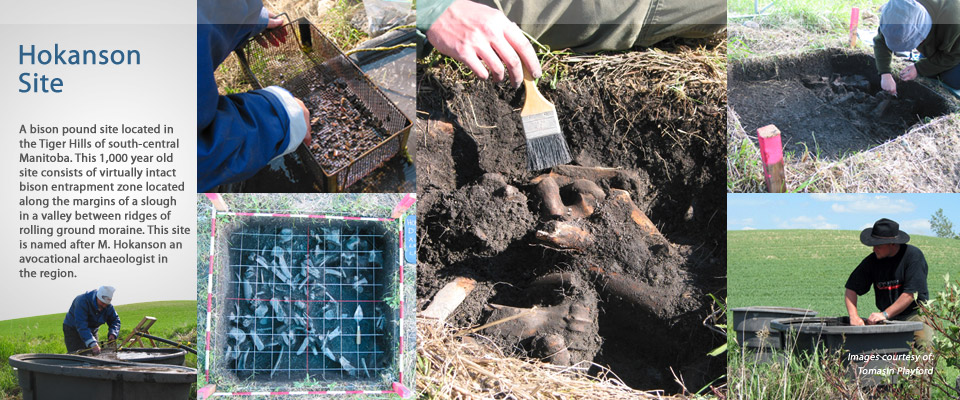2020
| Archaeological fieldwork at the Olson site was conducted over fifteen days in July. Several 1 × 1 m test units were excavated the grassy meadow close to where the modified deer scapula was found in 2019. The material recovered supports the interpretation of this area as a bone toolmaking workshop. The bones of bison, deer, canid (probably wolf) goose/swan-sized birds, were found, many of which were modified. Several stone tools, tool re-sharpening debris and pottery were also found. A concentration of pre-contact modified bison bones was found in association of ochre and a stone tool. The cluster included several modified ribs and a modified scapula. The remains of a Settler Era (AD 1810- AD 1910) hearth was found above the bone concentration. |
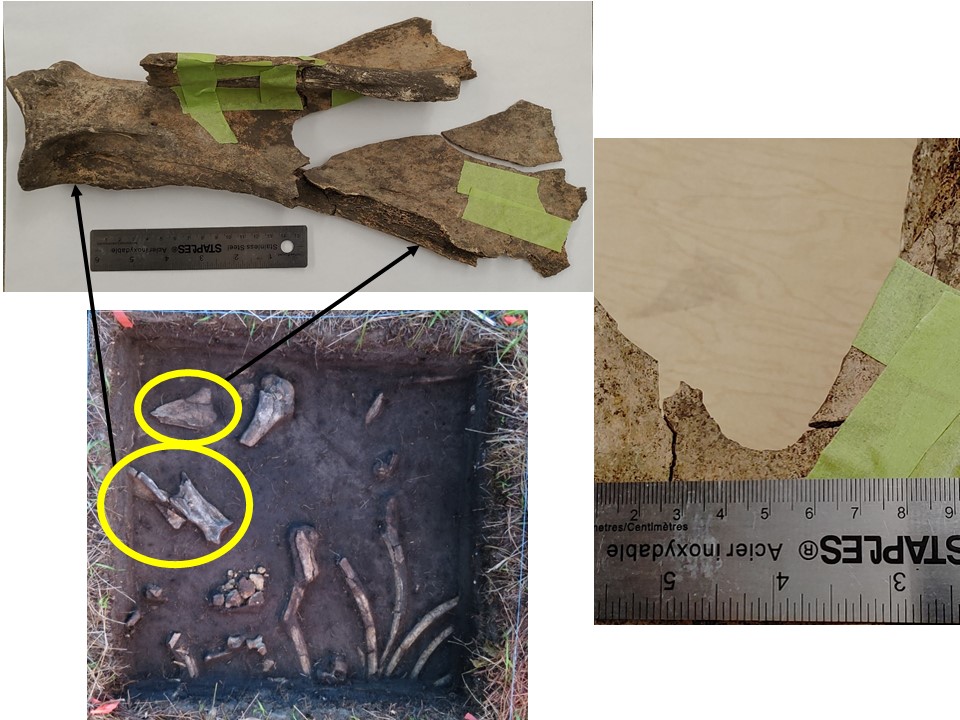 |
|
The west prairie level was examined with ground-penetrating radar (GPR) survey. Twenty-nine subsurface anomalies that could not be explained by modern animal burrowing were detected. We plan to begin testing anomalies that may represent residential features, such as houses and crop storage pits, in 2021. In addition, three more soil cores were collected from the grassy expanse that may have been the location of pre-European contact Indigenous agricutural fields. Indigenous communities in the surrounding area were contacted about the project and invited to visit us at the site. On Wednesday July 15th, Elder Greg Chatkana accompanied by Mr. Chicago Demas and Ms. Sheree Blacksmith from Canupawakpa Dakota Nation offered an Indigenous blessing of the site and the project. Chief Eric Pashe, Elder Linda Nadon and Mr. Darryl Taylor from Dakota Tipi First Nation performed a pipe ceremony on Saturday July 18th. Mr. Chatkana and Mr. Demas provided guidance when Ms. Alicia Gooden reported the smell of sweet tobacco while excavating. Indigenous teachings tell us the smell of sweet tobacco emanating from the earth or in the air is a reminder from the spirits to appreciate and thank the Creator. They offered a prayer and gave a gift of tobacco. In total, more than 230 people visited the Olson site as part of our public archaeology program held on weekends. COVID-19 protocols were followed. Family/close contact groups maintained distances of at least two metres from other guests. When working in close contact in excavation units, individuals from different groups were required to wear facemasks. Several visitors participated in excavations under the direction of our field crew. In addition, the following graduates of the Brandon University Archaeology program, MAS members and interested individuals contributed to the project by volunteering at the site. Several media organizations provided excellent coverage of the project. |
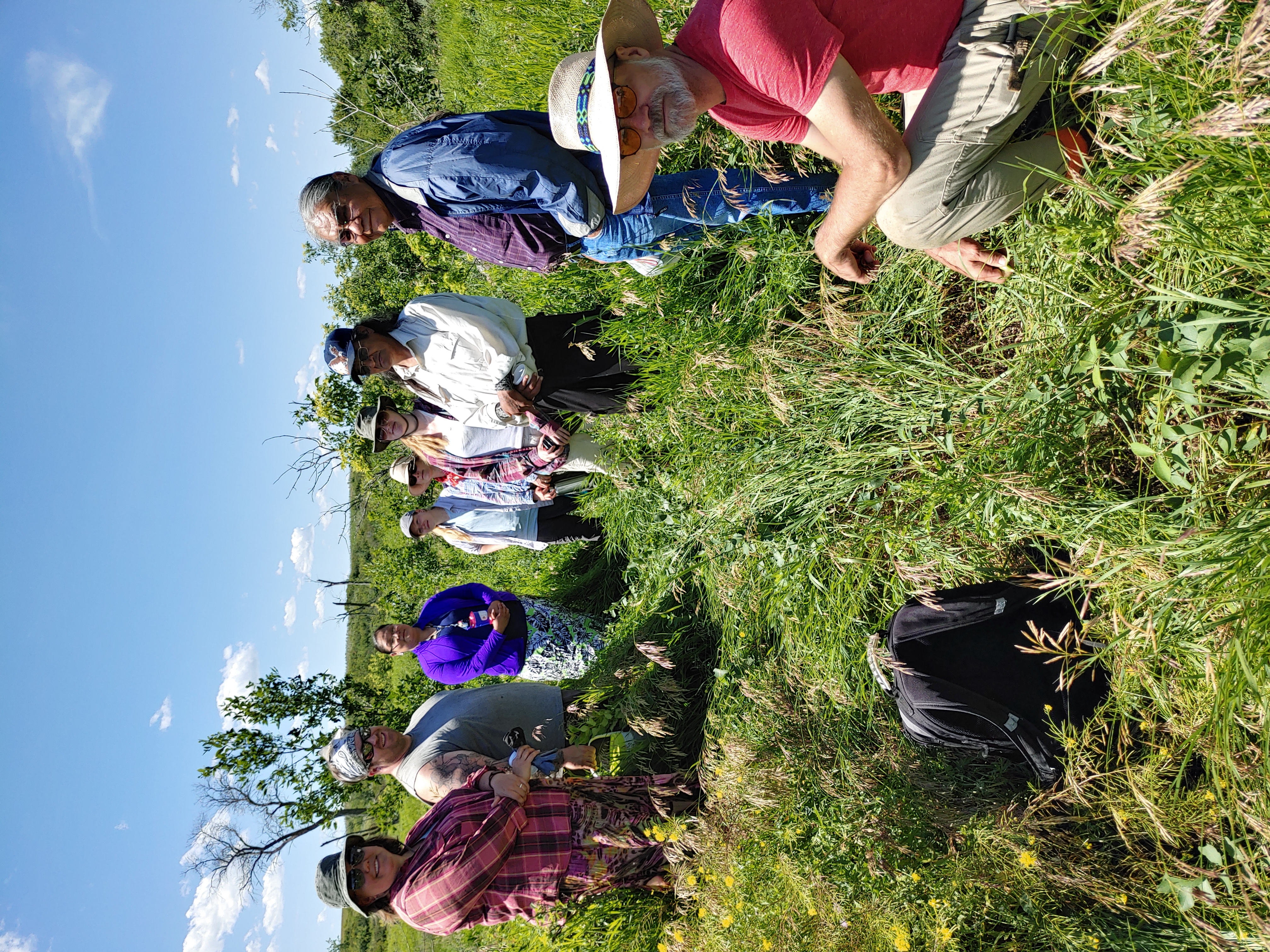 |
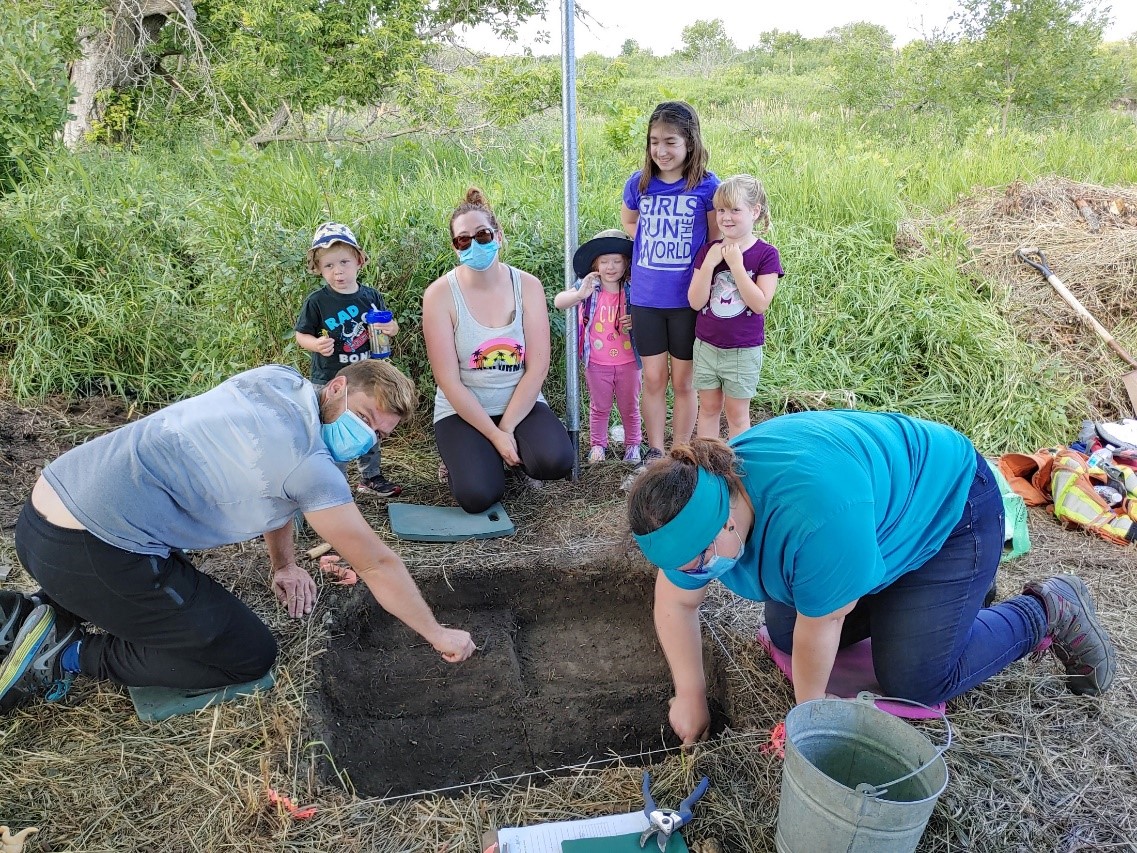 |
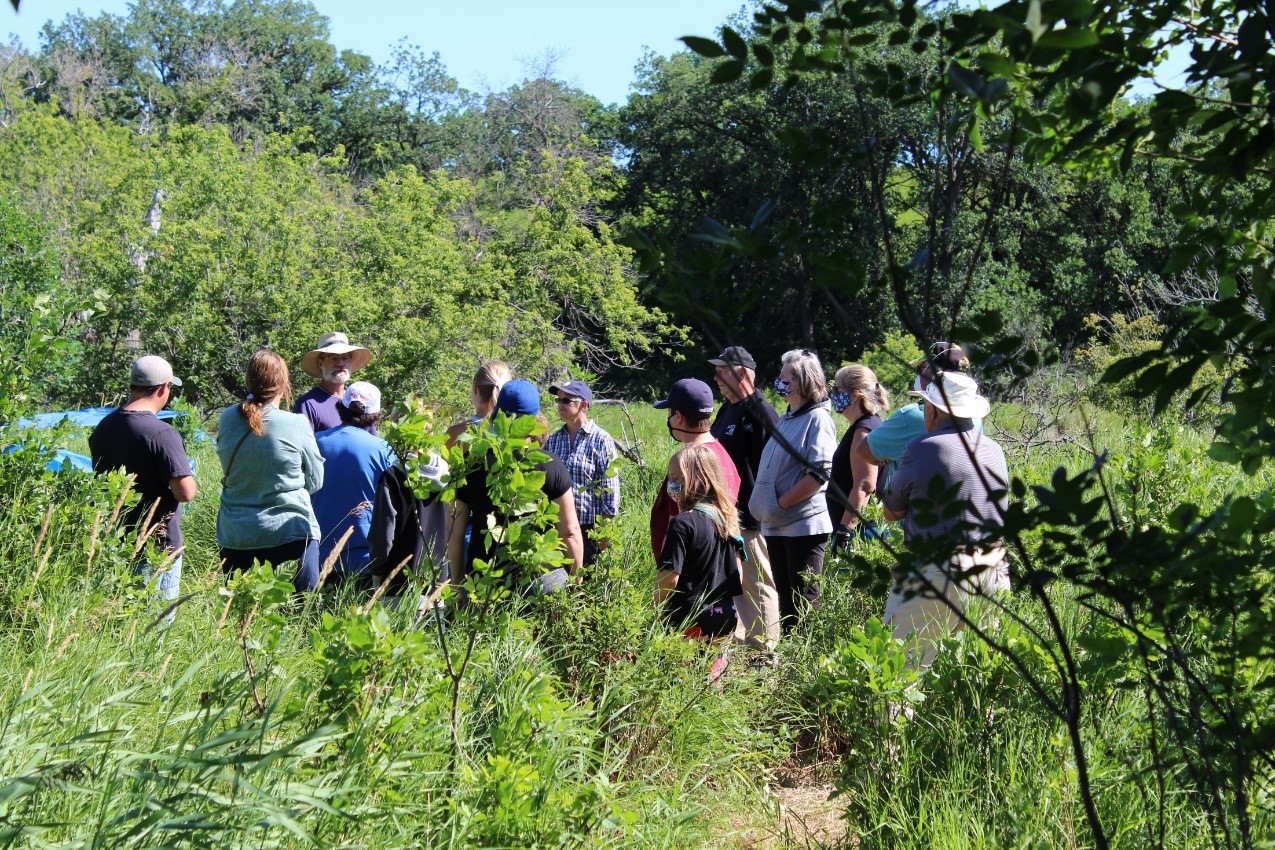 |
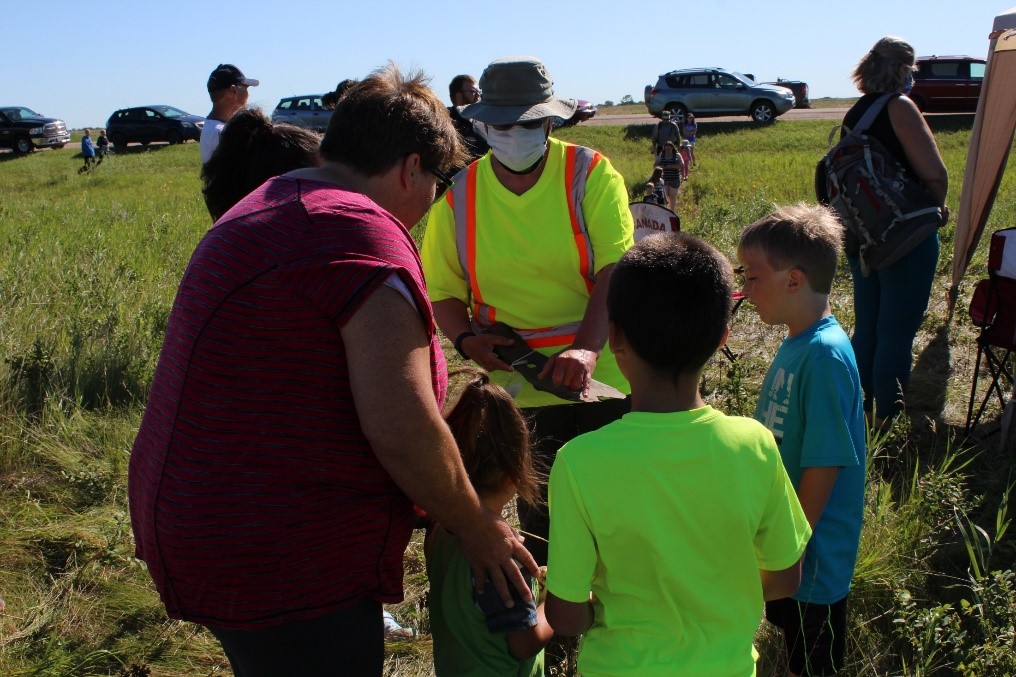 |
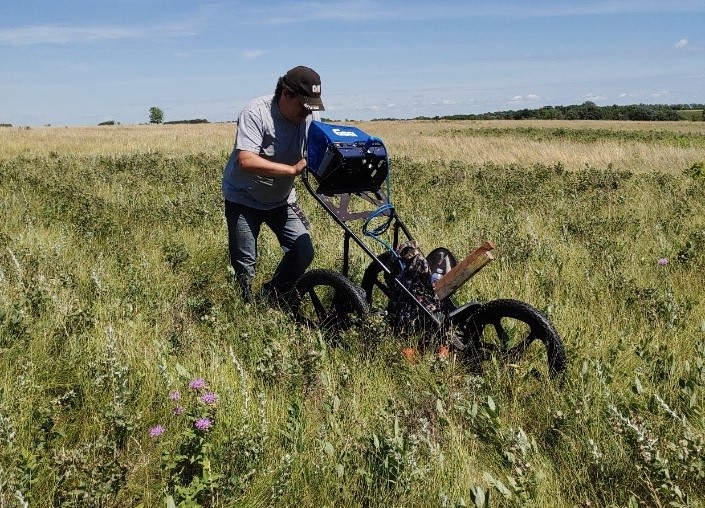 |

